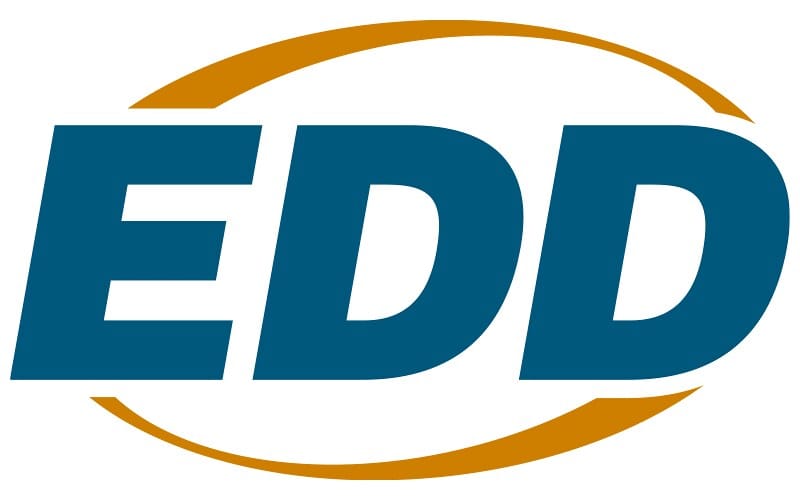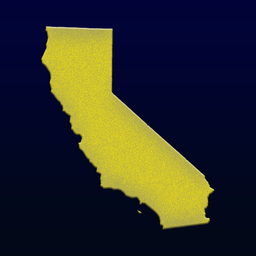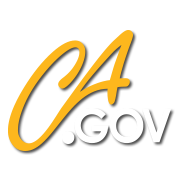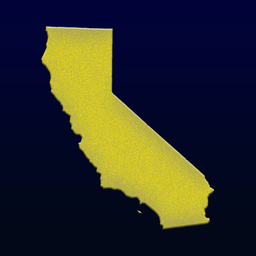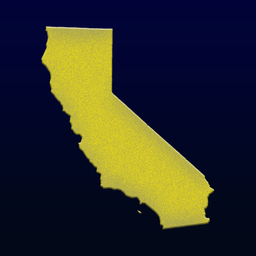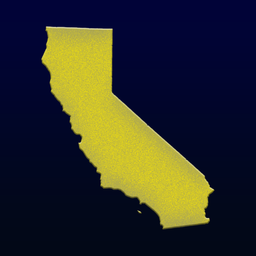What is California SDI?
California’s State Disability Insurance (SDI) program provides partial wage replacement to eligible workers who can’t work due to a non-work-related illness, injury, or pregnancy. It’s administered by the California Employment Development Department (EDD) and funded through payroll deductions.
Unlike workers’ compensation, which covers on-the-job injuries, SDI only applies to off-the-job conditions that prevent you from performing your regular duties.
What Does SDI Cover?
The SDI program actually includes two benefit types:
- Disability Insurance (DI) – for workers who can't work due to a temporary medical condition, including mental or physical illnesses, injuries, or pregnancy-related conditions.
- Paid Family Leave (PFL) – for workers who need time off to care for a seriously ill family member or bond with a new child.
This article focuses on the Disability Insurance portion of SDI.

Get the latest news on Paid Family Leave in California.
Who Pays for SDI?
SDI is funded entirely by workers through mandatory payroll deductions. In 2025, the withholding rate is 1.2% of all wages earned — and there is no maximum wage limit, meaning the tax applies to all earnings.
This SDI contribution also supports California’s Paid Family Leave program, which is part of the same fund.
Who Is Covered by California SDI?
You’re likely covered by SDI if:
- You’ve earned at least $300 in wages during your base period that had SDI taxes withheld
- You are unable to work for at least 8 days due to a qualifying medical reason
- A licensed medical provider certifies your disability
- You are actively recovering and plan to return to work when able
Eligible workers typically receive 60% to 70% of their wages (depending on income level), with a maximum weekly benefit updated each year. For 2025, that maximum is expected to be over $1,600 per week.
Payments are usually made via the EDD Debit Card, issued by Bank of America, and are not taxed by the state of California (though they may be federally taxable in certain cases).
How Much Does SDI Pay?
As of January 1, 2025, California’s State Disability Insurance (SDI) program provides higher wage replacement rates due to changes from Senate Bill 951.
- If you earn $62,025.60 or less per year, you may receive approximately 90% of your regular wages.
- If you earn more than $62,025.60 annually, your benefit will be approximately 70% of your regular wages, up to the maximum weekly benefit.
The maximum weekly SDI benefit in 2025 is $1,620.
Payments are issued via an EDD-issued debit card, and typically begin after a short processing period once your application is approved and your healthcare provider has certified your claim.

For up-to-date numbers, visit the EDD Quick Statistics page.
Payments are typically made via an EDD-issued debit card.
How Long Can You Receive SDI?
You can typically receive up to 52 weeks of benefits, though your exact duration depends on:
- The medical provider’s certification
- Your expected recovery timeline
- Your ongoing eligibility
In some cases, a new application is required if your condition worsens or if a different condition arises after the initial claim ends.
What Conditions Qualify?
California State Disability Insurance (SDI) provides partial wage replacement to workers who cannot work due to a temporary disability that is not work-related. According to the EDD, qualifying conditions include:
- Recovery from surgery
- Pregnancy and childbirth
- Serious illness or injury not caused by your job
- Mental health conditions that make you unable to perform your regular work
These conditions must be certified by a licensed medical professional.
“Disability benefits provide short-term wage replacement to people who need to take time off work due to illness or injury, pregnancy, childbirth, surgery, or alcohol or drug rehabilitation.”
— EDD: Disability Insurance Benefits
Important: SDI does not cover work-related injuries. Those are handled separately under workers’ compensation laws.
Is SDI the Same as Workers’ Comp?
No. California SDI is only for non-work-related conditions. If your injury or illness happened at work or was caused by your job, workers’ compensation is the correct system for wage replacement and medical coverage.
Related Programs and Next Steps
If you're caring for a family member or bonding with a new baby, you may want to look into California Paid Family Leave (PFL), which is part of the same SDI program. You can’t receive both DI and PFL benefits at the same time, but you may qualify for both in sequence.


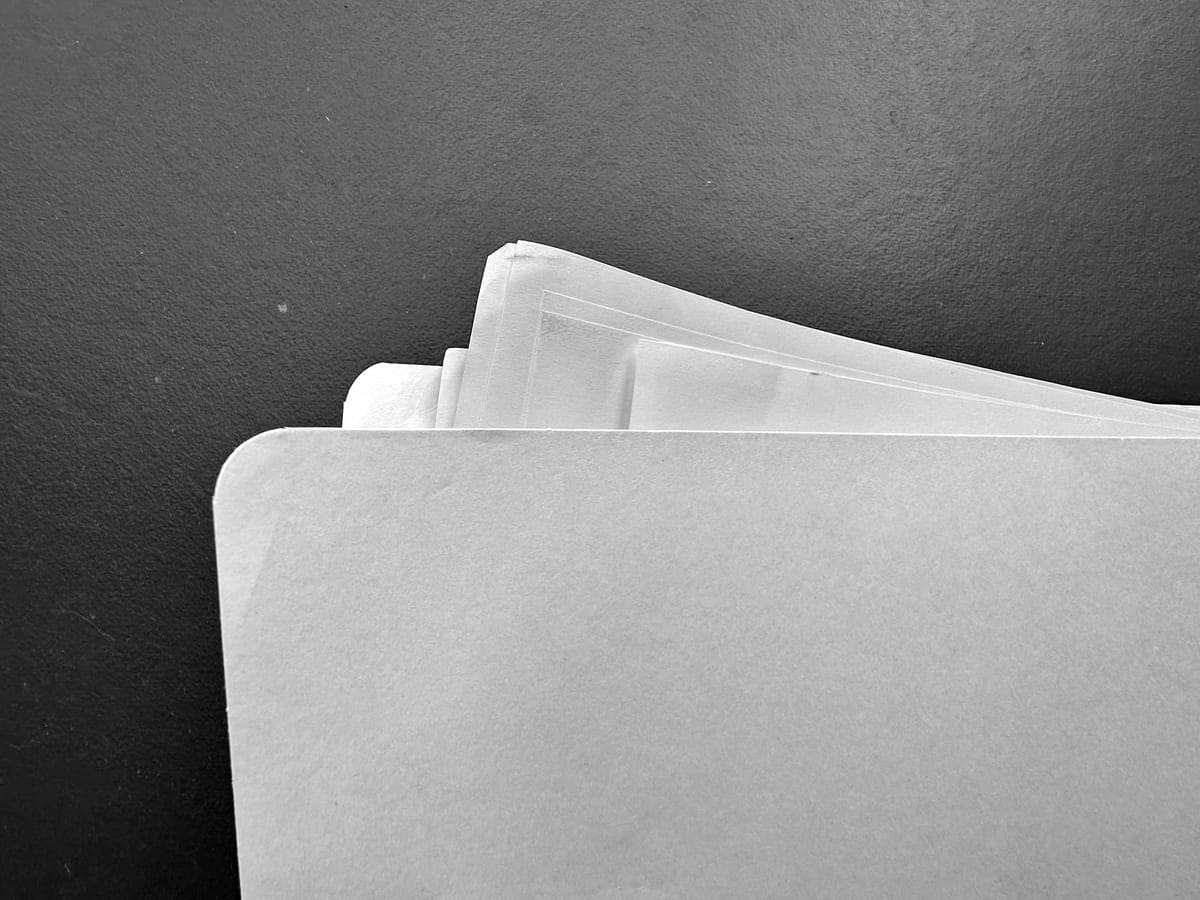
Summary: California SDI at a Glance
California’s State Disability Insurance (SDI) is a public program that helps eligible workers take paid time off due to non-work-related medical conditions, including pregnancy. It’s overseen by the Employment Development Department (EDD) and funded entirely through employee payroll deductions.
Here’s a quick overview of how it works in 2025:
- Administered by: California Employment Development Department (EDD)
- Funded by: Employee payroll deductions (0.9% of wages in 2025)
- Covers: Temporary disabilities and medical conditions unrelated to work, including pregnancy
- Wage replacement: 60–70% of your regular income, depending on your earnings
- Maximum benefit period: Up to 52 weeks of payments
- How to apply: Online through SDI Online or by mail using the DE 2501 form
This program is separate from workers’ compensation and Paid Family Leave (PFL), though all are part of California’s broader State Disability Insurance system.


